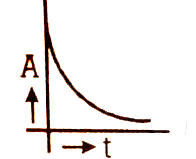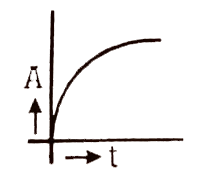Which of the following are the reasons for variations:
Mutations
Reshuffling of gene or chromosomes
Recombination of genes or crossing over
All of them
To determine the reasons for variations, we can analyze the options provided and understand the biological processes involved. Here’s a step-by-step breakdown of the reasoning:
Step 1: Understanding Variation
- Definition: Variation refers to the differences that exist within a species. These differences can be in physical traits, genetic makeup, or behaviors.
- Importance: Variations are crucial for the process of evolution and adaptation.
Step 2: Analyzing the Options
1. Imitation: This option does not directly contribute to genetic variation. Imitation refers to copying behaviors or traits, which does not involve genetic changes.
2. De-shuffling of Gene or Chromosome: This term is not commonly used in genetics. However, if we interpret it as the reshuffling of genetic material during meiosis, it could contribute to variation.
3. Recombination of Gene or Crossing Over: This is a well-known process during meiosis where homologous chromosomes exchange genetic material. This leads to new combinations of genes, contributing significantly to genetic variation.
4. All of Them: This option suggests that all the previous processes contribute to variation.
Step 3: Conclusion
- The processes that contribute to variation include mutation, recombination (crossing over), and reshuffling of alleles during meiosis. Therefore, the correct answer is all of them.
Final Answer:
The reasons for variations are: all of them (mutation, reshuffling of genes, and recombination).
---
- Definition: Variation refers to the differences that exist within a species. These differences can be in physical traits, genetic makeup, or behaviors.
- Importance: Variations are crucial for the process of evolution and adaptation.
1. Imitation: This option does not directly contribute to genetic variation. Imitation refers to copying behaviors or traits, which does not involve genetic changes.
2. De-shuffling of Gene or Chromosome: This term is not commonly used in genetics. However, if we interpret it as the reshuffling of genetic material during meiosis, it could contribute to variation.
- The processes that contribute to variation include mutation, recombination (crossing over), and reshuffling of alleles during meiosis. Therefore, the correct answer is all of them.
The reasons for variations are: all of them (mutation, reshuffling of genes, and recombination).
Topper's Solved these Questions
Similar Questions
Knowledge Check
Which of the following is responsible for the variation in the colour of soil in different parts of India?
ADifference in rock forinationsBWeatheringCErosion and depositionDLand useWhich of the following graphs represents the variation of activity (A) of a radioactive substance with time (t).
A B
B C
C D
D
which of the following graph represents the variation of resistivity (ρ) with temperature (T) for copper?
A B
B C
C D
D
Which of the following is/are a reason for infertility in females
View SolutionWhich of the following is the reason for Dodo extinction ?
View SolutionWhich of the following will not result in variations among siblings ?
View SolutionWhich of the following phenomena leads to variation in DNA ?
View SolutionWhich of the following will not result in variations among siblings ?
View Solution
